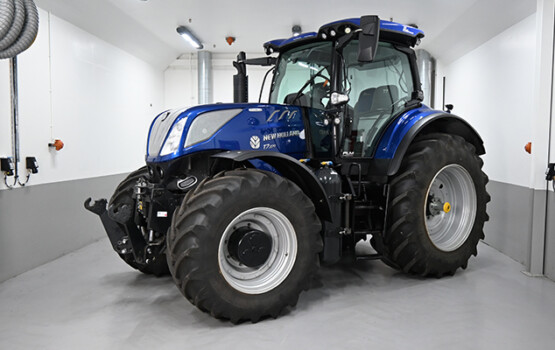Portal for more climate-friendly mobility

Climate-smart travel on Lake Constance
A ferry has run between the German towns of Konstanz-Staad and Meersburg on Lake Constance ever since 1928. From this summer, there will be an LNG ferry among those taking passengers and vehicles across the lake – often nicknamed the Swabian Sea – providing a more climate-friendly way to travel.
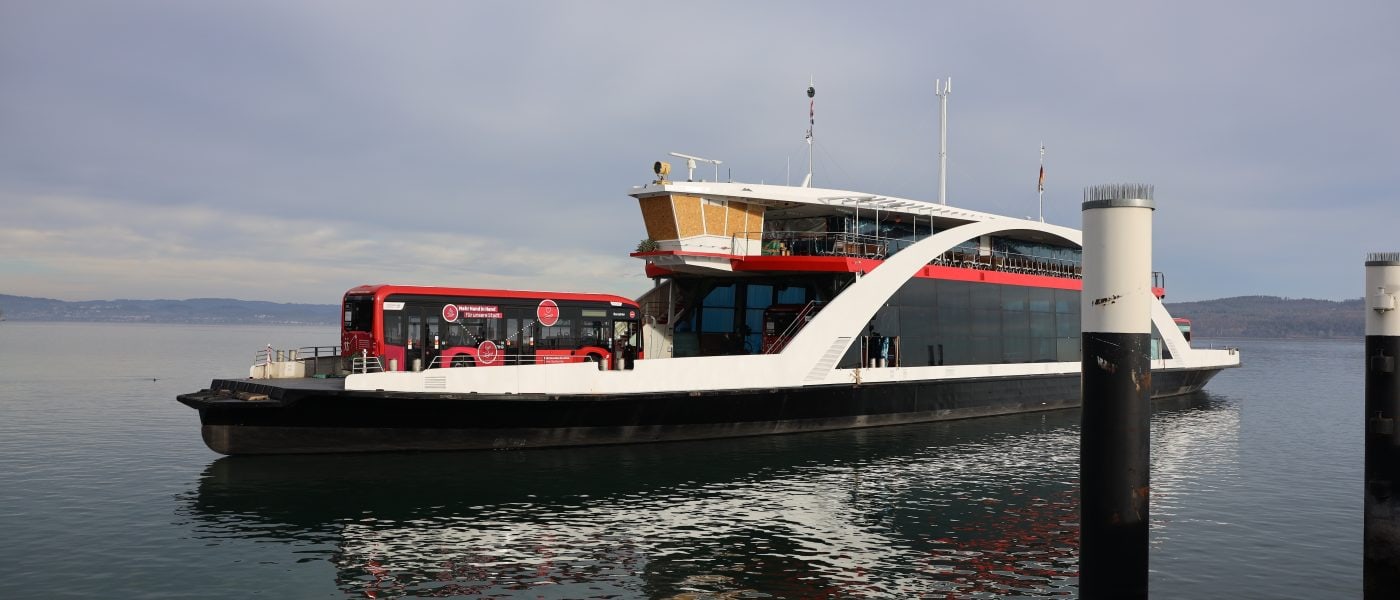 Source: Stadtwerke Konstanz
Source: Stadtwerke Konstanz
All six ferries operated by Stadtwerke Konstanz are already equipped with modern, fuel-saving engines made by MTU. In addition, the ferry service between the German towns of Staad – a district within the town of Konstanz – and Meersburg saves approximately 60 kilometres of road travel for each vehicle that is transferred. The crossing even remains environmentally friendly when there are as few as ten cars on board: in this case, the ferry’s level of emissions is already lower than that of the cars. Some 1.6 million vehicles use the ferry service across Lake Constance every year, saving 86 million vehicle kilometres and therefore around 23,500 tonnes of CO2 emissions. That in itself is impressive – but there’s more to come in terms of eco-friendliness! Starting this summer, a state-of-the-art LNG-powered ferry will be in operation on the Swabian Sea.
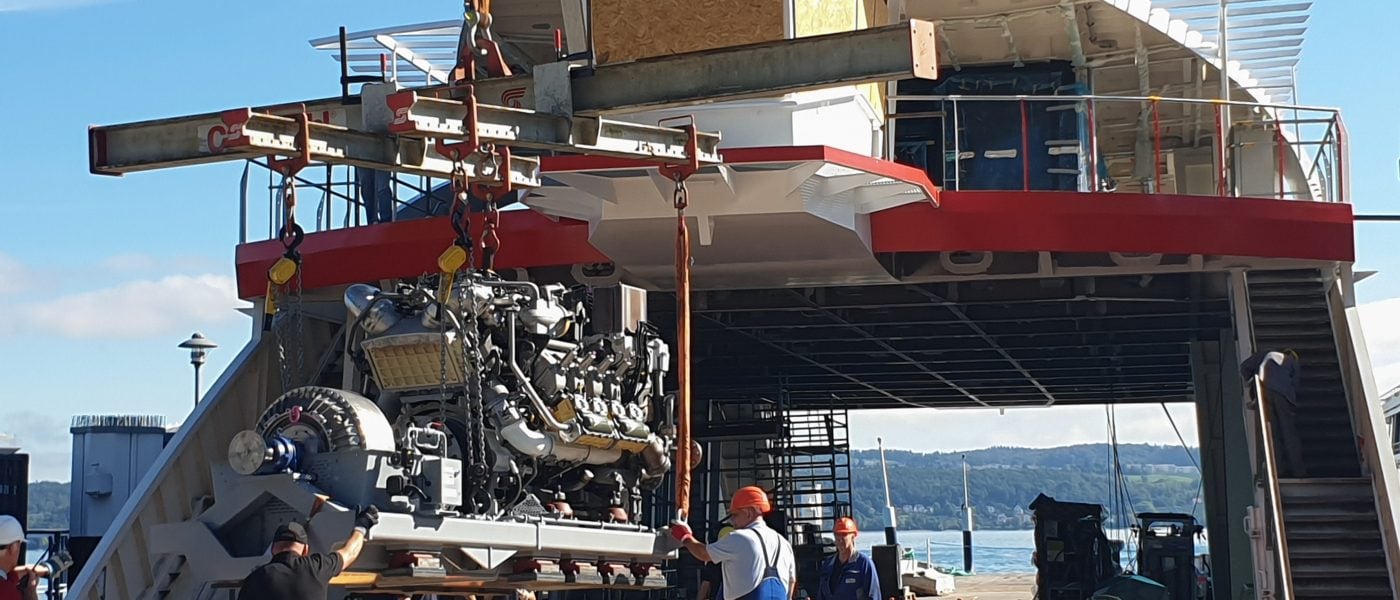 One of the two imposing and over 1000 hp eight-cylinder gas engines is brought on board during the construction phase. Source: Stadtwerke Konstanz
One of the two imposing and over 1000 hp eight-cylinder gas engines is brought on board during the construction phase. Source: Stadtwerke Konstanz
Christened the FS14, the new LNG ferry is one of the first ships with this form of propulsion ever to be used on an inland waterway. Almost identical in design to the latest ferry (Lodi), it can take 62 cars and 700 passengers. Interestingly, the Hamburg shipyard Pella Sietas prefabricated the new ferry in sections, and Stadtwerke Konstanz then assembled the LNG ship with the support of the engineering firm Technolog Services GmbH. The two large eight-cylinder gas engines, each with an output of 1014 hp/746 kW, were installed last autumn.
The liquefied, cryogenic gas for the powertrain flows from the storage tank into the gas processing unit – or GPU for short. There it is restored to a gaseous state before flowing into the two 4000-series MTU engines for combustion. The two motors drive both the LNG ferry’s Voith-Schneider propeller and its shaft generator (dynamo), the latter supplying electric power for the onboard electrical system. The two gas engines emit significantly lower levels of harmful emissions than diesel engines. What is more, they are able to run on bio-LNG/LBG, which makes the ferry trip across Lake Constance virtually carbon neutral.
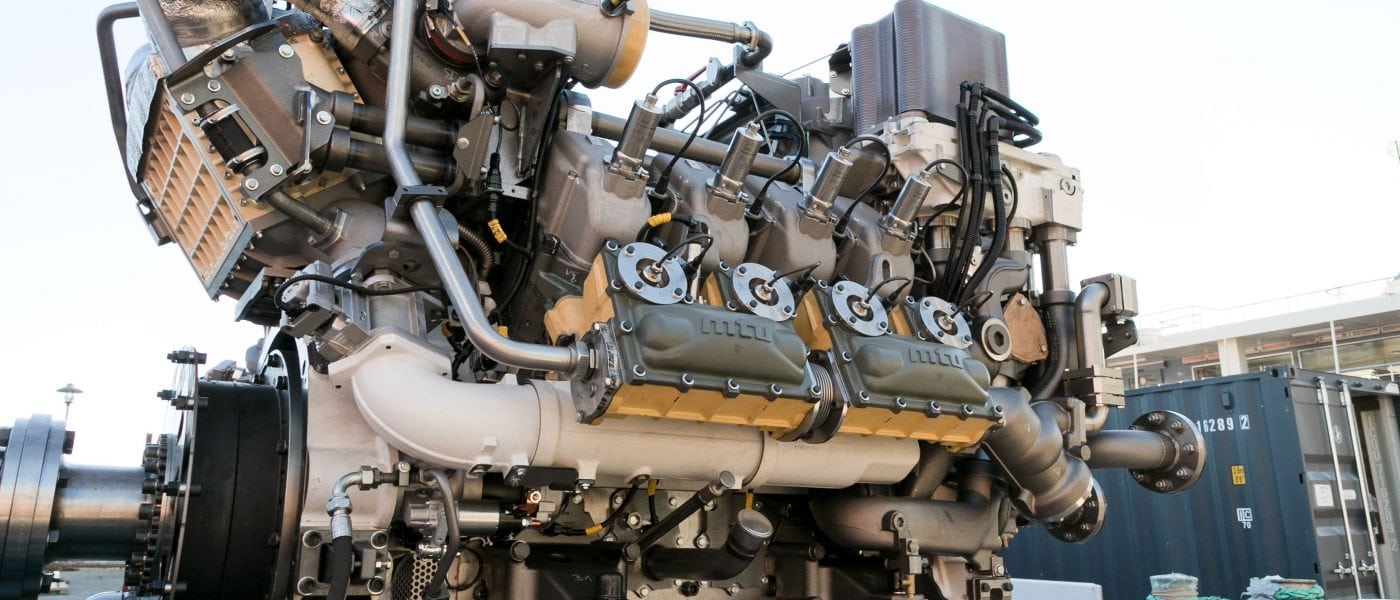 The engine was developed by Rolls-Royce’s MTU Power Systems division, which specialises in sustainable, climate-neutral solutions for propulsion and power generation. Source: Stadtwerke Konstanz
The engine was developed by Rolls-Royce’s MTU Power Systems division, which specialises in sustainable, climate-neutral solutions for propulsion and power generation. Source: Stadtwerke Konstanz
But even when it runs on conventional LNG, the ferry is clearly well ahead in terms of its ecological footprint: the LNG powertrain emits 90% fewer nitrogen oxides and 10% less CO2 than a diesel engine, while its emissions of soot particles and sulphur oxide are at zero. At the moment, Stadtwerke Konstanz purchases the LNG from one of the major LNG terminals, but it is definitely looking to use bio-LNG/LBG as soon as possible. Initial exploratory talks with suppliers are already underway. After the initial bunkering, i.e. the first fuelling with LNG, the FS14 is due to start its test runs in May. And from as early as mid-June onwards, the ultra-modern LNG ferry will be taking passengers and vehicles from Konstanz-Staad to Meersburg and back. (jas, 18 April 2023)
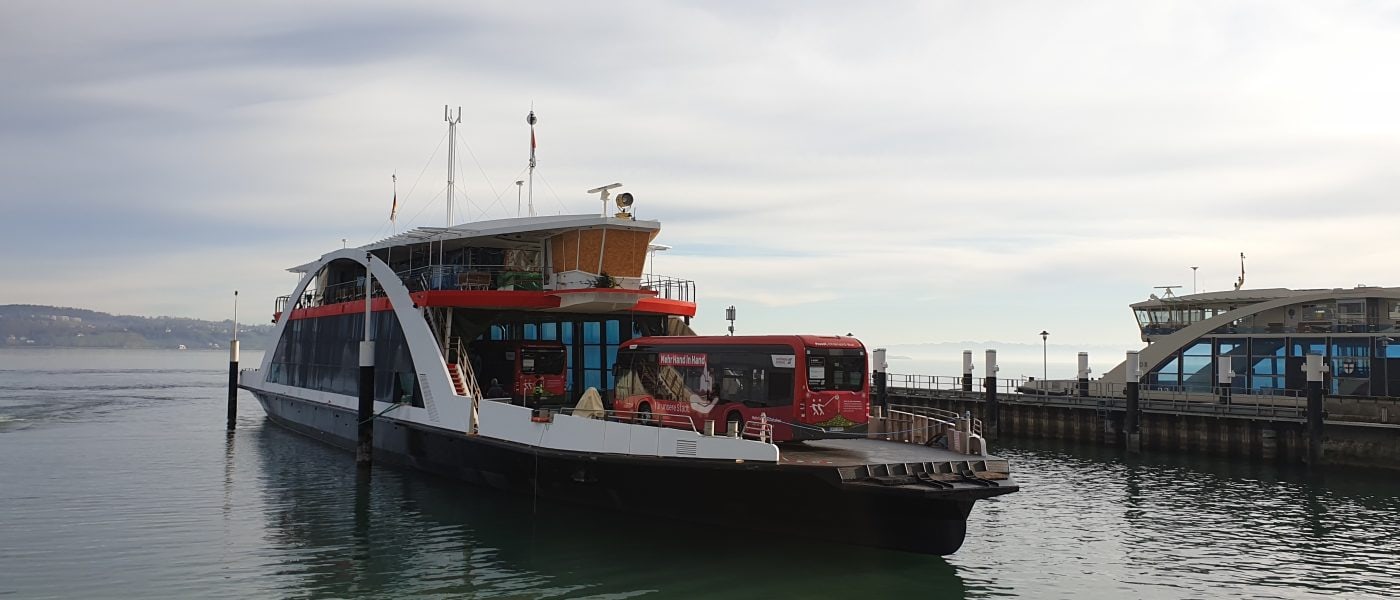 The ultra-modern LNG ferry FS14 will start its first test runs on Lake Constance as early as May. Source: Stadtwerke Konstanz
The ultra-modern LNG ferry FS14 will start its first test runs on Lake Constance as early as May. Source: Stadtwerke Konstanz
You might also be interested in
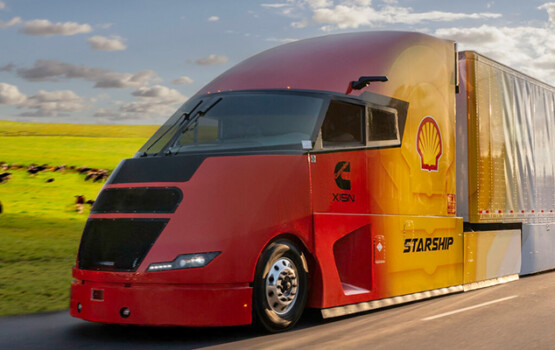
Shell Starship on record hunt
